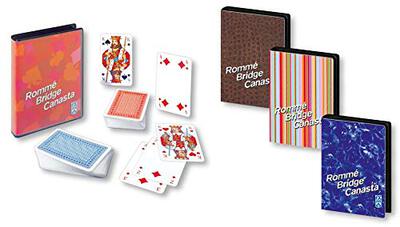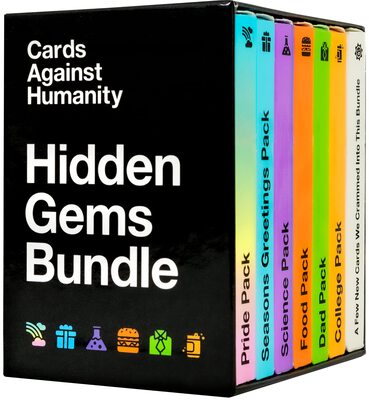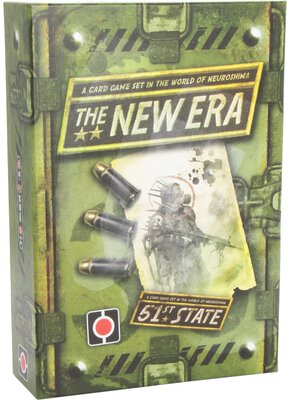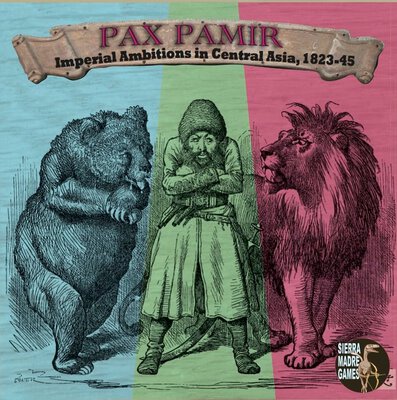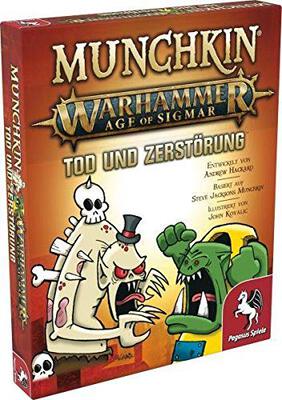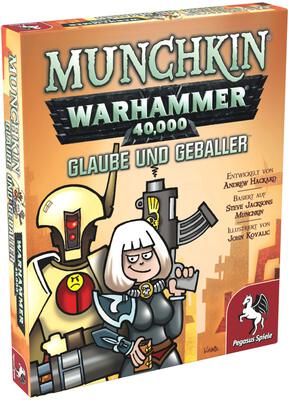Bridge*
Bridge, a classic and strategic trick-taking card game, stands as a testament to the evolution of card games over centuries. Utilizing a standard deck, Bridge is played by four players in two partnerships, blending skill, strategy, and communication as teams vie to outmaneuver each other through both the bidding (auction) phase and the play of the hand.
Game Structure
- Bidding/Auction Phase: The game begins with an auction where partners communicate their hand's potential through a series of bids. This phase is critical as it determines the contract for the hand, specifying the number of tricks the bidding team commits to winning.
- Play Phase: Following the auction, the play phase commences where the team that won the bid attempts to fulfill their contract by winning tricks. One player from the bidding team plays both their hand and their partner's hand (the "dummy hand"), which is laid out face-up after the first trick for strategic planning.
Gameplay Dynamics
- Contract Fulfillment: The essence of Bridge lies in making or breaking the contract. The bidding team seeks to win at least the number of tricks bid, while the defenders aim to thwart their efforts.
- Strategic Communication: The bidding process is a nuanced form of communication between partners, with each bid conveying information about hand strength, suit preferences, and strategic intentions.
- Skill over Luck: While the deal of the cards introduces an element of chance, strategic bidding, and play often overshadow luck. Bridge rewards logical reasoning, memory, and partnership synergy.
Historical Context
- Evolution from Whist: Bridge's roots trace back to the 17th-century game of Whist. It underwent significant transformations, becoming Auction Bridge in the early 20th century, and finally evolving into Contract Bridge in 1925, thanks to Harold Vanderbilt's scoring innovations.
- Duplicate Bridge: To mitigate the luck of the draw, duplicate Bridge was developed. In this variation, the same hands are played by multiple sets of partners, emphasizing skill and consistency across games.
Cultural Impact
Bridge is more than a card game; it's a cultural phenomenon that has captivated minds for generations, fostering international competitions and a dedicated community of players. Its complexity and depth have made it a perennial favorite among card enthusiasts, highlighting the intellectual and social aspects of card playing.
Conclusion
Bridge encapsulates the strategic depth and social interaction that card games can offer. Its enduring popularity underscores its status as a challenging and rewarding pastime, where the interplay of skill, strategy, and partnership dynamics makes every game a unique and engaging experience. Whether played casually or in competitive arenas, Bridge continues to be a cornerstone of card gaming culture, offering endless opportunities for learning and enjoyment.
- 4 Players
- 60 Minutes
- 12+ years old
- Hard to learn
We like Bridge so much that we recommend it in the following board game recommendation lists 2025
- Position 13 in The 50 most popular🌟 board games on BoardGameGeek
- Position 6 in The best board games of the 1920s
- Position 44 in The best classic card games🃏🏛 - still a pleasure every time!
